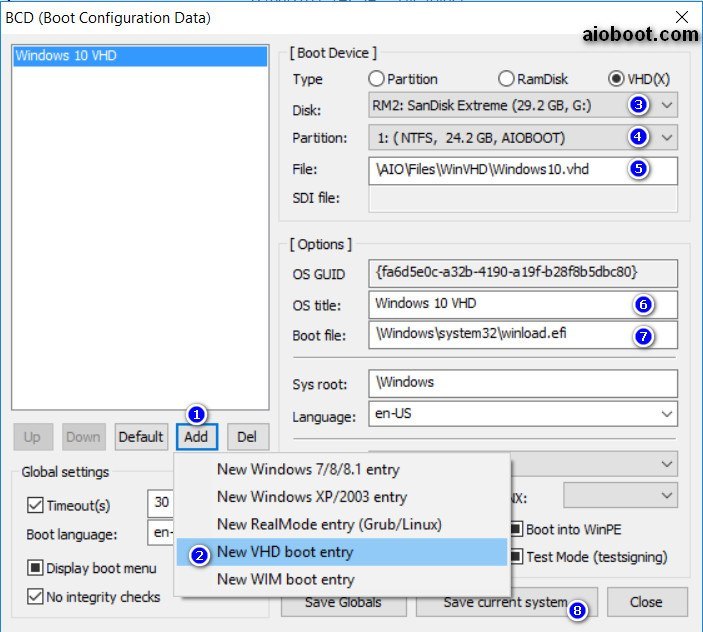

And finally there's the fact that Windows 7 stops receiving security updates from Microsoft next month, so it's not really a good idea to keep running it even if you can.īack to Secure Boot, most Linux distros do not support it, at least not without some extensive manual effort because Secure Boot by default only trusts bootloaders signed by Microsoft. And that's all before even considering possible Windows 7 activation issues due to being booted from external, portable media (technically only Windows To Go installations are licensed to be installed on portable devices, which requires special enterprise licensing) and the question of whether Windows 7 even supports being booted specifically from an SD card at all. Running the 32-bit version also means you'll be limited to 4GB of RAM total and no more than 2GB of RAM for any single process. (This incidentally is why Windows 7 doesn't work in a Hyper-V Gen 2 VM, which only supports "full UEFI" OSes and does not allow Legacy BIOS dependencies.) And when Legacy Option ROMs is enabled, you can't enable Secure Boot.Īpart from that, there's the reality that the is much newer than Windows 7 and therefore there aren't any Windows 7 drivers available for it, so even if you do get Windows 7 to boot, you might find that some of your hardware doesn't properly or at all. Normally that option is only enabled to allow a system to support booting "true" Legacy BIOS environments as well as UEFI environments, but with Windows 7 you need it enabled even when booting it in UEFI mode.

Even when booted in UEFI mode, it retains some Legacy BIOS dependencies, so you have to keep Legacy Option ROMs (sometimes called UEFI CSM/Compatibility Support Module) enabled in order for it to start. Windows 7 also does not fully support the UEFI spec. Although Windows 7 can be booted in UEFI mode, it does not support Secure Boot because its bootloader was never signed - so it definitely won't work with Secure Boot enabled.


 0 kommentar(er)
0 kommentar(er)
